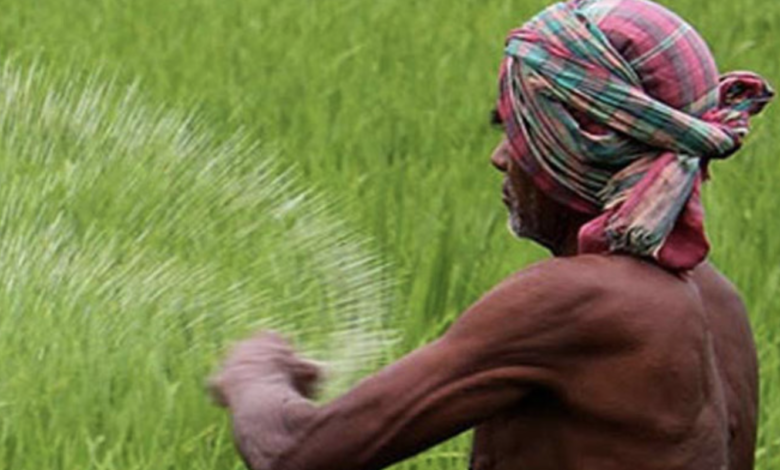Rural Income and Demand Enhancement: Finance Minister’s Political Imperative

The budget for the fiscal year 2024-25 will be presented in the Lok Sabha on July 23, 2024. Nirmala Sitharaman, as the Finance Minister, has navigated her second term in the BJP-NDA government without major hurdles. She will also become the first Finance Minister to present seven consecutive central budgets in the country. Previously, Morarji Desai held the record with six budgets presented during his tenure.
Every year, the budget plays a pivotal role in defining the government’s economic priorities, fiscal policies, and expenditure allocations. Therefore, stakeholders across the economic spectrum, especially economists, investors, industrialists, and taxpayers, eagerly await the budget with great anticipation.
Despite robust fiscal consolidation, an encouraging growth rate, and stable inflation, the Finance Minister faces several challenges in presenting this budget. These challenges have been compounded by the resounding defeat of Narendra Modi’s promise to surpass the 400-seat mark in the recent Lok Sabha elections, leaving the BJP far from a clear majority. This budget also presents an opportunity for the Modi government to address the messages conveyed by the public through the ballot, focusing on alleviating rural distress and prioritizing employment-oriented policies.
Rural India has been grappling with stagnant income, rising unemployment, and inflationary pressures for a considerable period. Prime Minister Modi’s promise to double farmers’ income by 2022 has largely remained a rhetorical commitment. Real rural consumption expenditure saw a decline of 8.8% during the period from 2011-12 to 2017-18, marking the first such contraction in the last five decades. The annual growth rate of real rural wages has been negative for both agriculture (-0.6%) and non-agriculture (-1.4%) sectors between 2019-20 and 2023-24, indicating a persistent economic crisis in rural India.
Approximately 46% of the country’s workforce depends on agricultural activities, yet their income levels lag significantly behind those in industrial and service sectors, growing at a slower pace. In the fiscal year 2023-24, per capita income dependent on agriculture was approximately Rs. 73,000, compared to Rs. 2 lakh in the industrial sector and Rs. 3.5 lakh in the service sector. While agriculture’s share in the total GDP is declining, its share in the workforce remains substantial, highlighting the need for comprehensive policies aimed at revitalizing the sector.
The effectiveness of Modi’s economic legacy will largely hinge on whether rural India’s economic fortunes brighten or further dim. Government documents reviewed by Reuters reveal Modi’s administration’s aspirations to increase per capita income in rural areas by 50% by 2030. They also aim to raise corporate investment levels in agriculture from the current 15% to 25% by strengthening small industries and boosting non-agricultural employment.
However, farmers remain skeptical about any significant increase in their income in the near future. They argue that while the cost of farming continues to rise, there has been no commensurate increase in crop prices. Moreover, rural India suffers disproportionately from general inflation.
During Modi’s tenure, the minimum support price for rice has increased by 67% and for wheat by 65%, reflecting a slower pace of increase compared to the previous decade under Prime Minister Manmohan Singh. Many farmer organizations believe that Modi’s rhetoric and grand plans have not translated into tangible benefits for them.
It is undeniable that employment opportunities in non-agricultural sectors have grown slowly due to changes in the rural workforce. The quality of employment for youth is poorer compared to adult employment. Rural India’s labor and income situation either remains stagnant or declines. There is no alternative but to prepare a comprehensive policy to revitalize the entire economy, with an emphasis on boosting the production of value-added products such as poultry, fishery, animal husbandry, and horticulture. Farmers should be encouraged for crops other than rice and wheat. It is essential to prioritize measures to increase their income and make them capable of giving up the ongoing demand,क have. efforts




